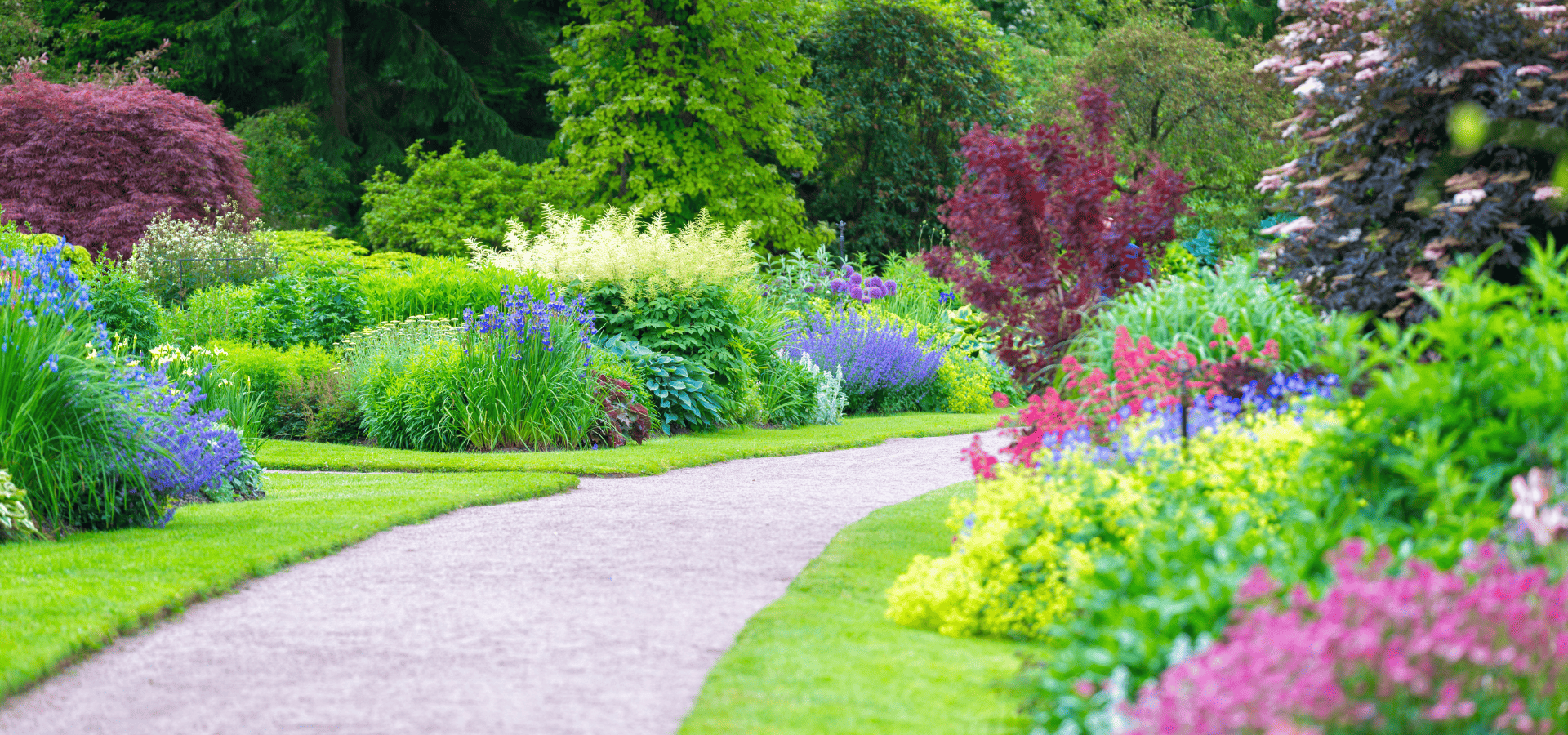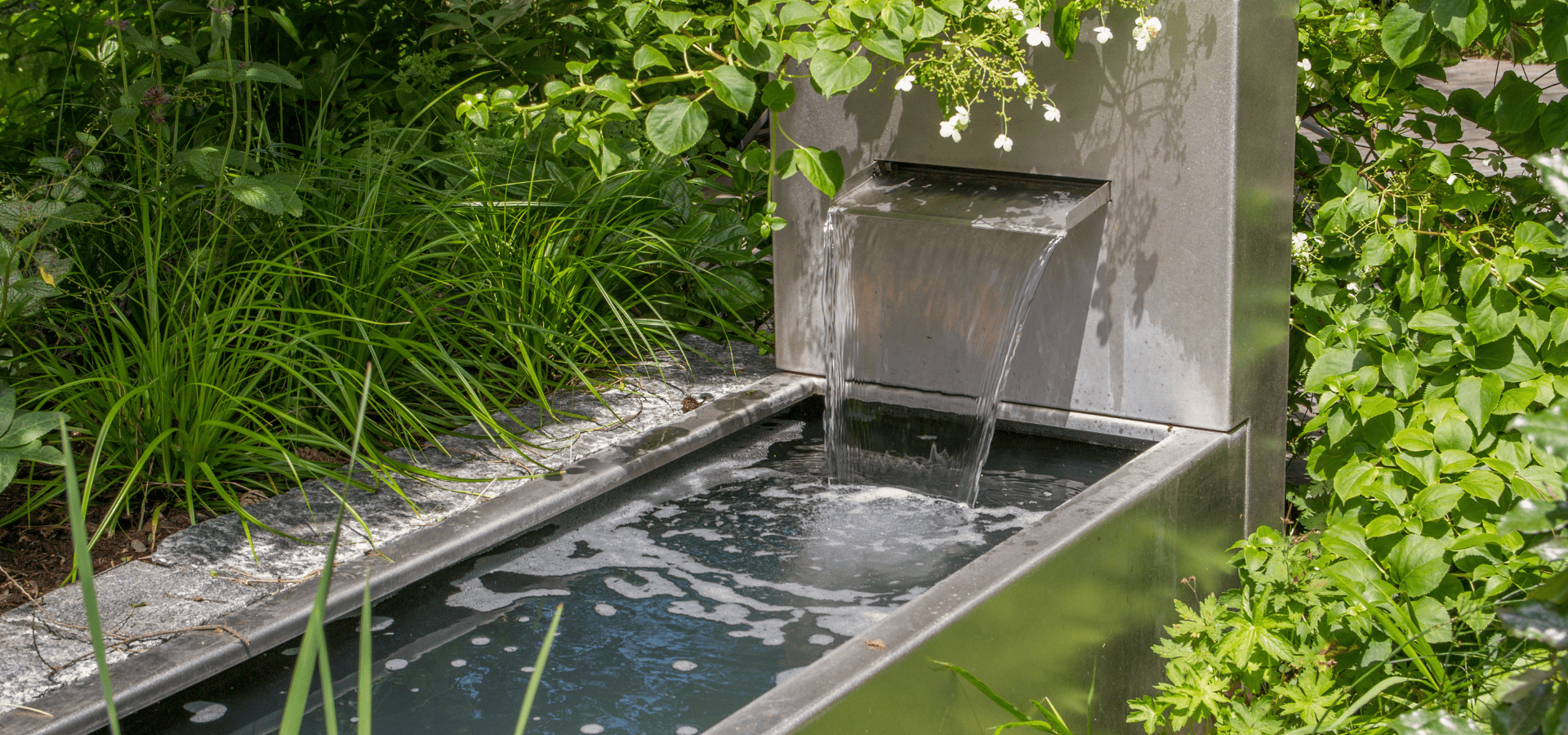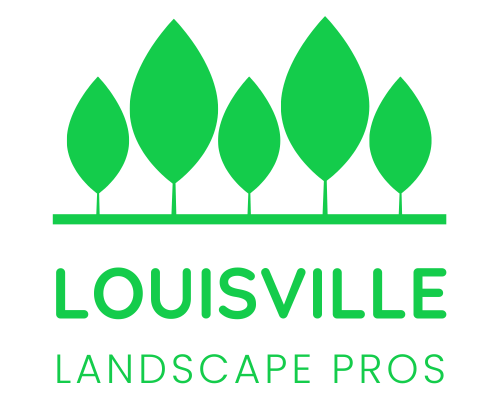Rental Properties Landscaping Guide
Landscaping can bring up the value of your rental property and help you fetch a higher price on the market.
However, while tenants may appreciate the landscaping, your tenants likely aren't going to place a huge focus on it since it's not their place and they won't be staying there permanently.
As such, it doesn't make sense for you as a landlord to
invest heavily in landscaping. You still want the landscaping to bring up the value of your home though.
So the key is to find a balance of enhancing your aesthetics to boost curb appeal while not overdoing it to the point where tenants wouldn't be willing to pay more for a nicer outdoor space.
This means you should be focusing on cost-effective landscaping projects that can help you get a better price for your rental home and that don't require too much maintenance.
Here are the best landscape projects for rental properties as well as some additional considerations when landscaping your rental property.
Important Considerations
When you landscape your rental property, you don't want to create an outdoor space that requires lots of maintenance. Otherwise, you'll either have to be the one doing the maintenance work or have to hire a professional landscaper to do it, which is extra cost.
The point of landscaping is to allow you to earn more from your property, so it doesn't make sense if you're going to end up earning less from your property than you would if you didn't have to perform the landscape maintenance in the first place.
Still, no landscape in the world can require zero maintenance. The key is to make this maintenance minimal so that you can easily do it yourself and the maintenance work will only need to be done ideally only once per month or even quarterly.
The watering of plants is usually a key concern though as it needs to be done daily. Landlords will need to make it clear whether the tenant is expected to water the plants.
If you want to make your property more attractive to your tenants, it's worth investing in irrigation systems that can automate the watering as well as reduce the maintenance burden on you if you're the one doing the maintenance.
Finally, make sure not to have any particularly expensive features and elements, whether it's for your outdoor area or in your own home.
Your tenant’s stay should be comfortable, so bigger investments like a good temperature control system that enhances their living experience are fine and will fetch you a higher price. However, expensive elements, especially those that don't add much or any practical value, should be avoided.
First of all, while we don't want to question their integrity, expensive items create the temptation for theft.
More importantly though, you can't assume that your tenants will take good care of your place like you do. After all, it's not their place.
You should have taken two months’ deposit or so from them and set it aside to cover any necessary repairs, but even so, it's simply not worth investing in unnecessarily expensive items that won't help you get a higher price.
An affordable resin-wicker outdoor sofa will do the same job as an expensive leather one. And both would likely get you the same price for your home.
The point is, don't invest in unnecessarily expensive elements that won't serve much practical purpose.
Now that you know what to keep in mind when landscaping your rental property, let's go over the best projects to fetch you a better price.
1. Outdoor Living Spaces
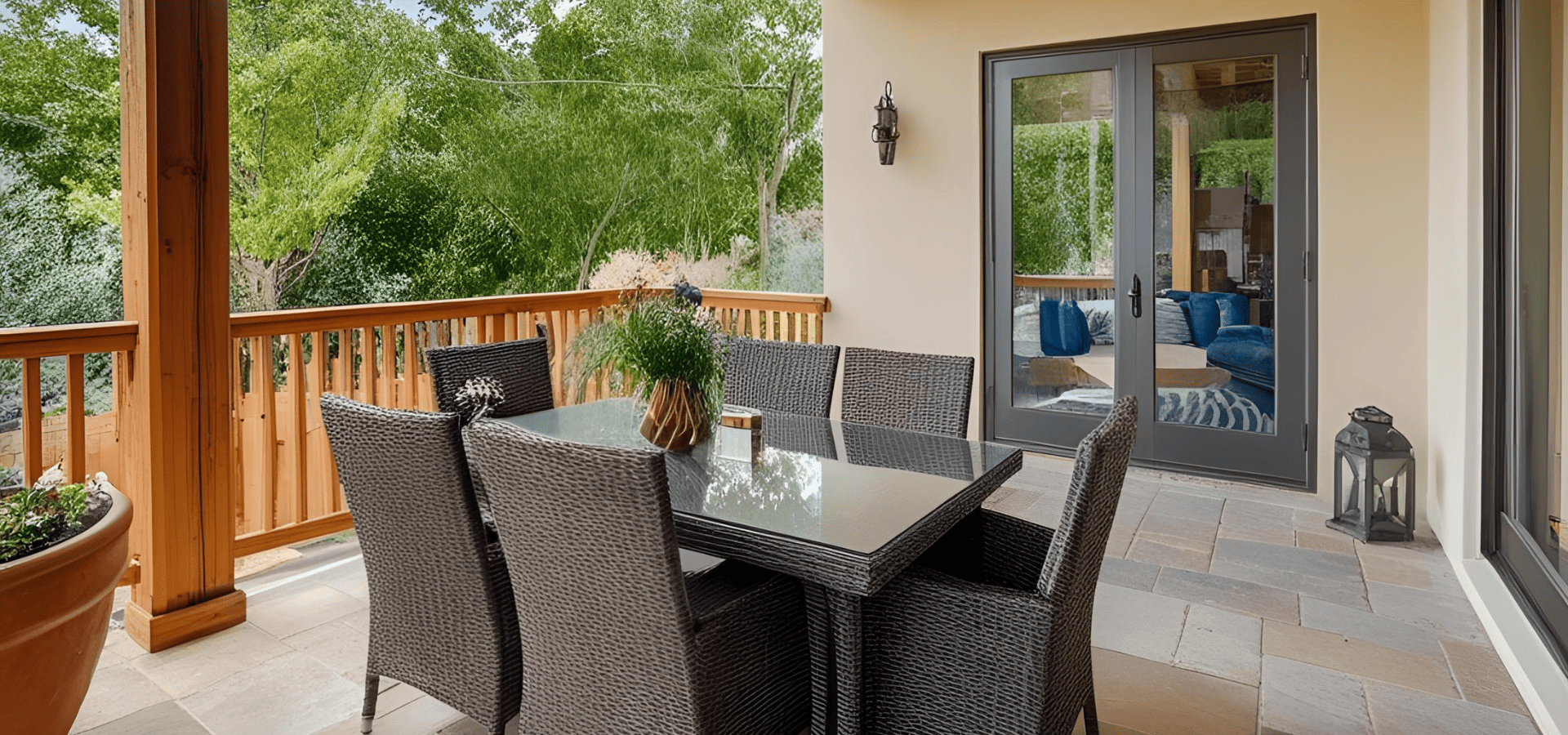
Outdoor living spaces like patios, decks, gazebos, and even outdoor kitchens usually require minimal maintenance.
Even for outdoor kitchens where there are appliances that require more attention and upkeep, you still won’t need to perform the maintenance more than once per month.
Outdoor living spaces may require some investment upfront, but they are very practical elements that enhance the living experience.
Being outdoors and feeling the natural breeze and air is something that many people appreciate. As such, having a space for them to sit and relax, even a small deck, can go a long way towards getting your rental property a better price.
You don’t have to have many different outdoor living spaces either. Just one will do. A single outdoor living space makes the difference between your tenant being able to enjoy fresh, natural air while relaxing comfortably, and them only being able to open the window to let air in or having to stand outdoors.
An outdoor living area also makes your rental property look more complete rather than just a place to stay in. Even just one will give potential renters the impression that you have a functioning outdoor landscape that they can enjoy, even if there are minimal plants.
Of course, make sure that the outdoor living space structure and aesthetics fit in with your rental property so that they not only add practical value, but also boost its aesthetics. This includes the furniture that you’re using for the outdoor space.
2. Artificial Turf
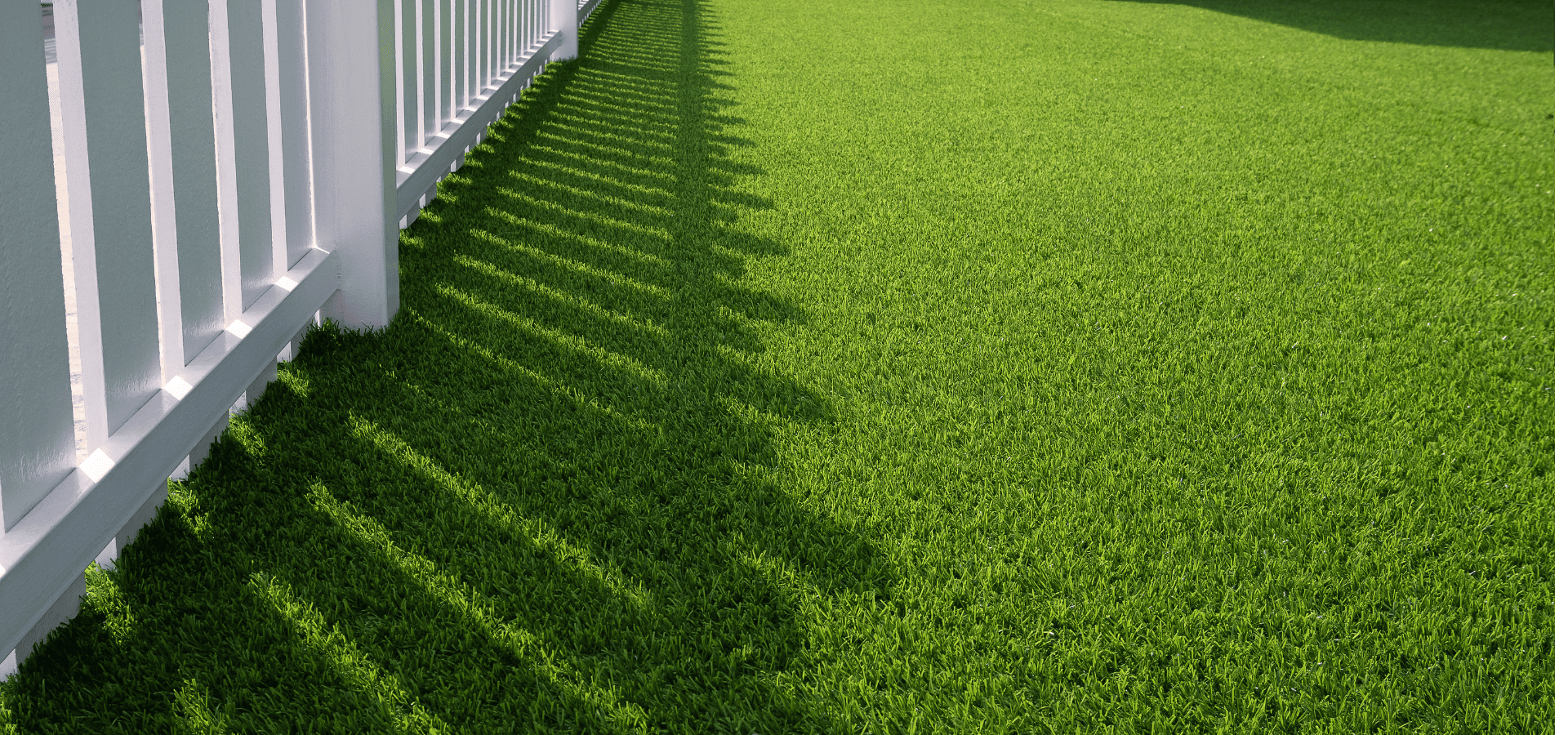
On top of the outdoor living space, having an additional turf makes your outdoor space and property even more appealing by providing greenery as well as a space for activities like sports.
A lawn would serve the same purpose, but a lawn requires much more maintenance, requiring mowing and watering. Of course, lawns have their own benefits like usually softer grass, and being actual plants, they help purify the air and cool the atmosphere.
However, it can also get muddy when there’s rain. And as we just mentioned, they require much more maintenance.
Ultimately, it’s really a matter of personal preference. Some tenants prefer fake grass while others prefer real grass.
Given that it’s a 50-50 though, you might as well go with the artificial turf since that requires much less maintenance, saving you both time and money on items like fertilizer and herbicides too.
3. Native Plants
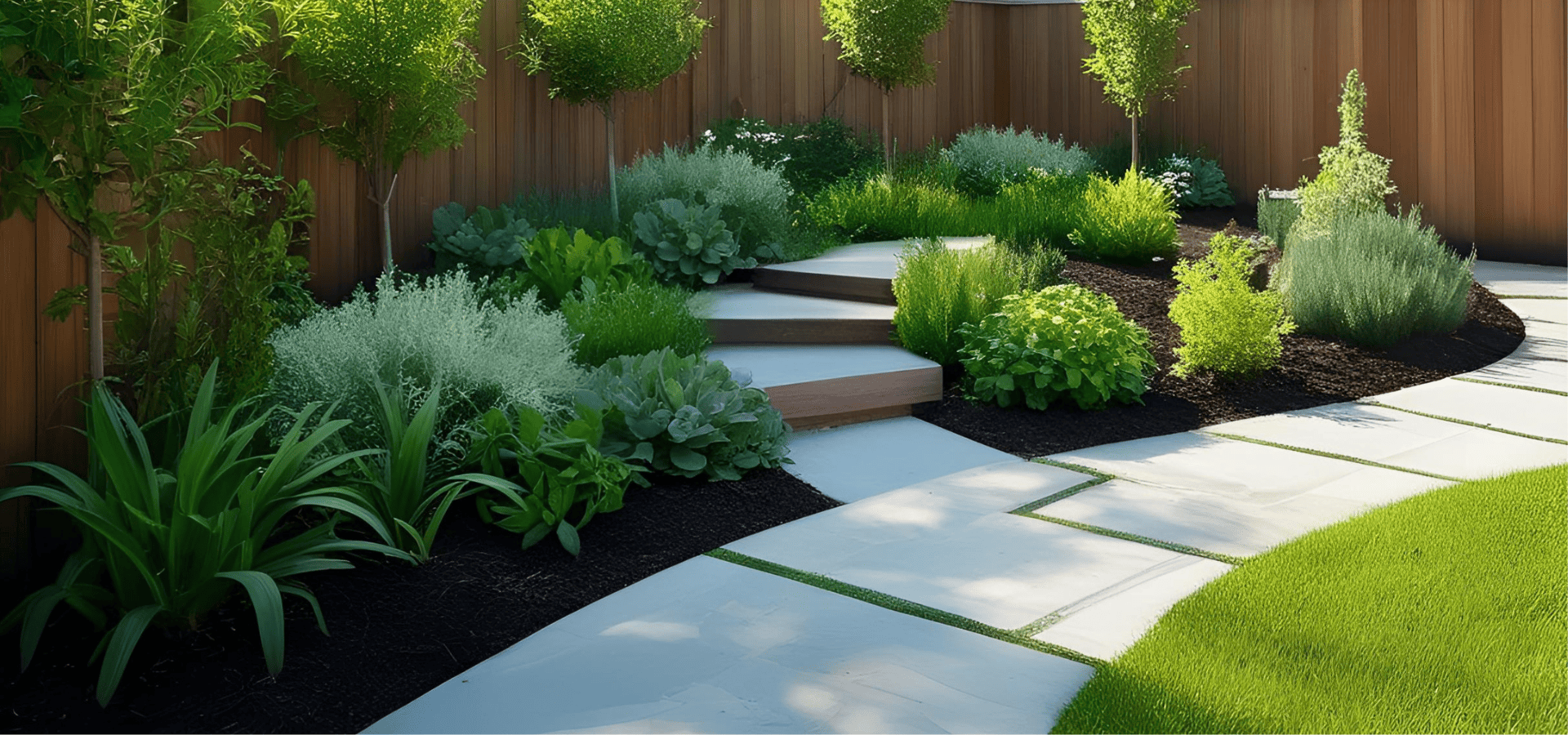
While you can keep it simple with just an artificial turf and an outdoor living space and still boost your property value by a fair bit, no matter what the case is, a beautifully landscaped garden will still look better than a plain one.
So having a visually attractive appealing garden is always going to be a huge plus and an advantage over a plain landscape. You don’t need to go overboard and spend thousands on your garden. Even a small garden beats no garden.
Of course, the tradeoff is that you would have to spend more time and money on maintenance–that is unless you’re using native plants.
Native plants are plants that can naturally be found in the wild locally and have adapted to the local environment and conditions.
The fact that they’re able to grow in the wild means that they’re able to survive entirely on rainfall, requiring no outside intervention. This includes dealing with pests and diseases too, as they will develop their own defenses against local pests and diseases.
As such, when you use native plants in your garden, you’d essentially have a normal, beautiful garden, with very minimal maintenance required.
You’d only have to water native plants during dry spells or when they’re still weak and in development. But once they’re mature, they’ll be strong enough to grow on their own without needing your care, only requiring watering during long periods without rainfall.
You can even install an irrigation system to completely take the minimal watering off your hands.
In terms of pests and diseases, there can still be stronger pests and diseases that overwhelm their defenses. However, they will naturally be able to deal with many local pests and diseases, significantly reducing the need for your intervention.
In short, native plants will minimize the need for maintenance as much as possible. By combining them with other low-maintenance landscaping projects like outdoor living spaces and artificial turfs, you’ll have yourself a super low-maintenance but beautiful and practical landscape.
Conclusion
As you can see, landscaping for rental properties is really quite simple and manageable.
Simply use native plants that require very minimal maintenance for the garden, build an outdoor living space for your tenants to relax, and install an artificial turf for more greenery and to have a space for recreation.
You can do more if you want to, but anything more than this usually doesn’t translate to much more gains in your rental price.
Every one of these three elements adds significant value to your outdoor area. Think of them as the key players.
Once the key players are down, the rest are mostly secondary pieces that can contribute, but not as much, so it doesn’t make sense price-wise to add more to your space. This is especially so considering that it’s not your personal home, and tenants likely won’t particularly care for them either.
Secondary pieces refer to features like water features, fire pits, sculptures, and so on. Basically, anything that’s only there for aesthetic value or won’t be used very often. Your garden is mostly there for aesthetic appeal, but that’s an exception as it contributes a lot visually, which will greatly enhance curb appeal.
Always remember to find the balance for your rental property. Include the key elements and cut out the rest and you’ll be good to go!
You might also like

